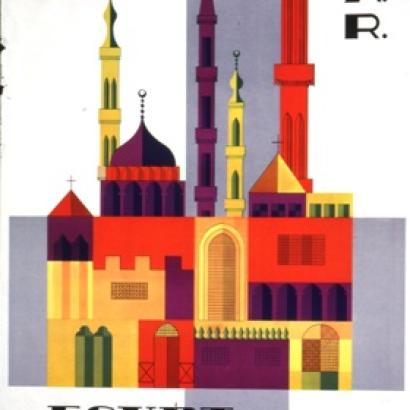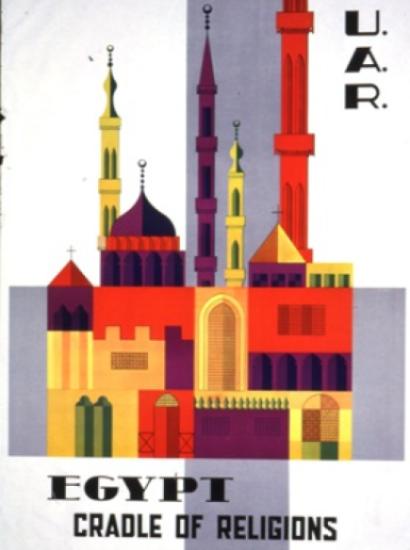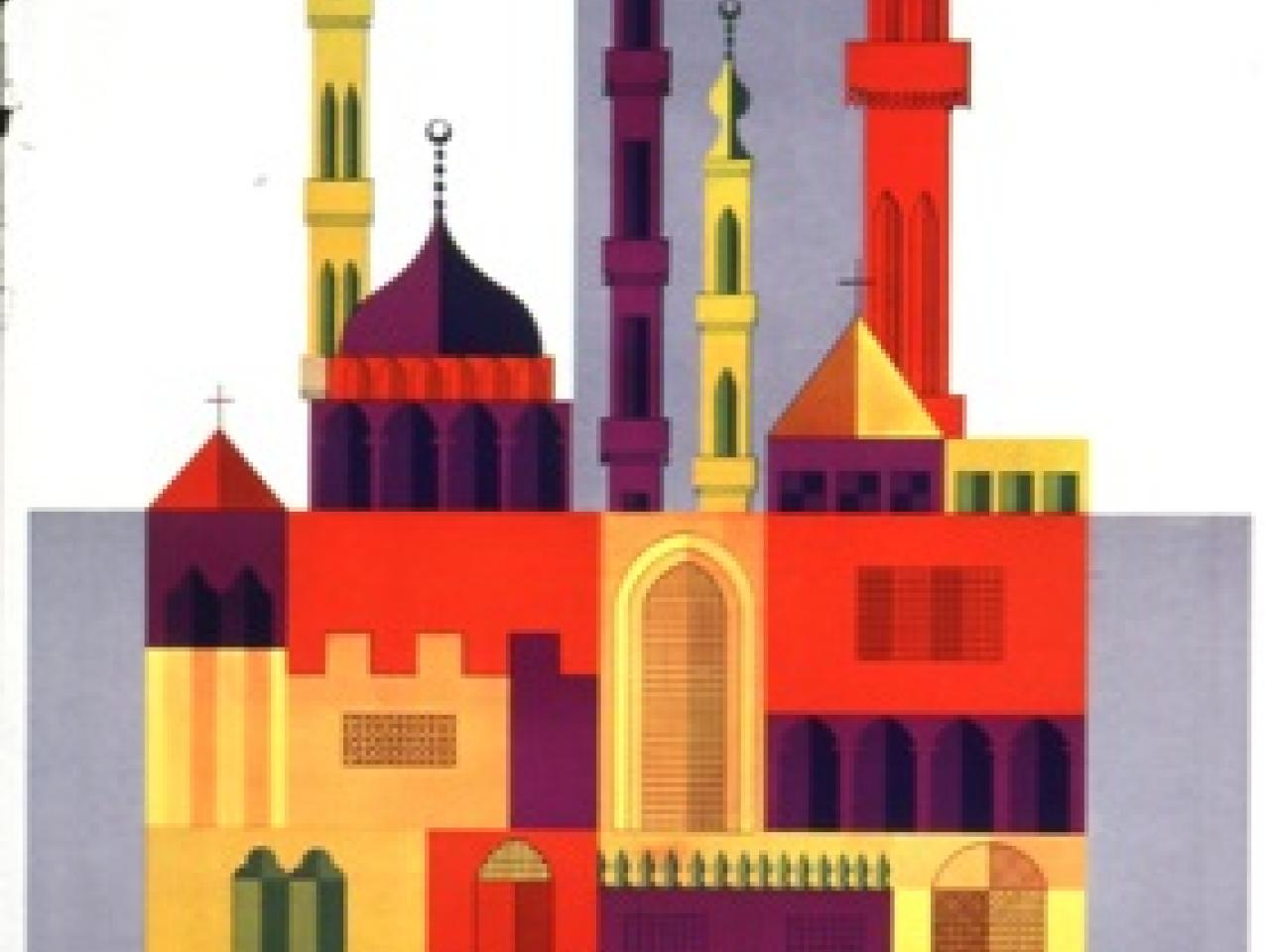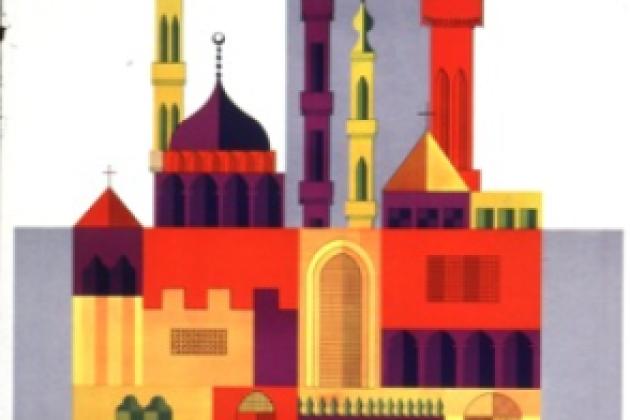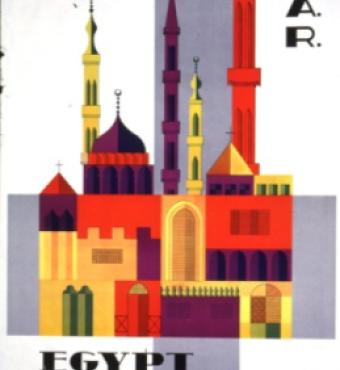- History
- Military
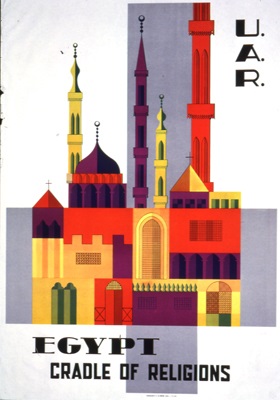
In his masterful account of the Peloponnesian War, Thucydides lays out the bitter fruit of civil wars within the Greek poleis of his time, particularly in the city state of Corcyra. In words that echo through the centuries, the great Greek historian warned that in such conflicts (3.82), “words, too, had to change their usual meanings... any idea of moderation was just an attempt to disguise one’s unmanly character; ability to understand a question from all sides meant that one was totally unfit for action. Fanatical enthusiasm was the mark of a real man... Thus neither side had any use for conscientious motives; more interest was shown in those who could produce attractive arguments to justify some disgraceful action.”1
Of all wars, the bloodiest of such civil strife have been the wars of religion. Certainly, Europe’s Thirty Years’ War of the seventeenth century set a standard of murderous behavior that only perhaps the Nazi invasion of the Soviet Union in 1941 has managed to equal. By the time it was over the contestants, which numbered at one time or another all of the major European powers, had destroyed virtually all of Central Europe and reduced that area’s population by somewhere between twenty-five and forty percent. Some areas of what is modern-day Germany lost well over fifty percent or more of their population.
On May 20, 1631 the Catholic forces of the Holy Roman Empire overwhelmed the defenders of the city of Magdeburg and slaughtered the city’s population in an orgy of rape, looting, robbery, and murder that only the rape of Nanking by the Japanese in the late 1930s managed to equal. Of the almost 40,000 inhabitants in the city at the time the sack occurred, there were barely 5,000 still alive when the Hapsburg soldiers marched out to meet their grim fate at the Battle of Breitenfeld (September 17, 1631). By the end of the war in 1648, Magdeburg’s population had shrunk to 450.
In the initial decades of this supposedly “civilized” twenty-first century, we may be watching the outbreak of a similarly dark and murderous religious war, one driven by the deep hatreds in the Islamic world between Shias and Sunnis. The casualty figures so far appear relatively benign in comparison to the slaughters of the twentieth century except to those living in the gated communities of the First World. Nevertheless, one should not forget that the Iran-Iraq War, the subtext of which at least Saddam and his Ba’athist henchmen waged in behalf of “Arab and Sunni” civilization against the Shia “turbans” of Iran, managed to kill more than half a million before the bloodshed finally ended in 1988 when the Iranians finally ran out of money.
1. Thucydides, History of the Peloponnesian War [trans. by Rex Warner] (London, 1954), pp. 242, 244.







